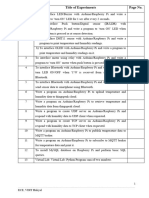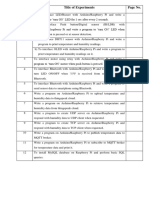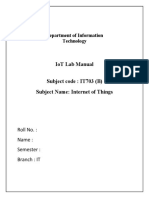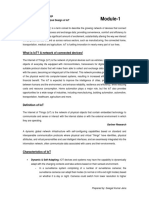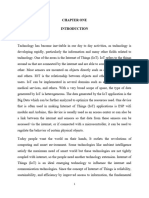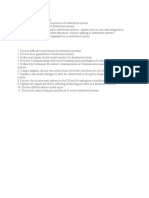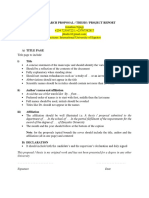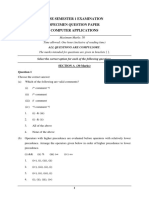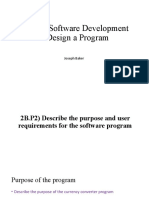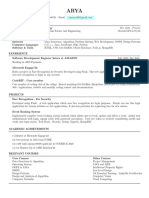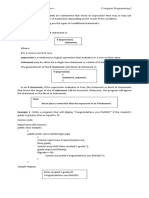0% found this document useful (0 votes)
19 views52 pagesLecture 2. Hardware Components in IoT
The document provides an overview of hardware components in IoT, detailing the roles of devices, sensors, and actuators in an IoT system. It explains how these components interact through data collection, processing, and communication, as well as the importance of gateways for data management and security. Additionally, it covers various types of sensors and IoT platforms, highlighting their functionalities and applications.
Uploaded by
PhialCopyright
© © All Rights Reserved
We take content rights seriously. If you suspect this is your content, claim it here.
Available Formats
Download as PDF, TXT or read online on Scribd
0% found this document useful (0 votes)
19 views52 pagesLecture 2. Hardware Components in IoT
The document provides an overview of hardware components in IoT, detailing the roles of devices, sensors, and actuators in an IoT system. It explains how these components interact through data collection, processing, and communication, as well as the importance of gateways for data management and security. Additionally, it covers various types of sensors and IoT platforms, highlighting their functionalities and applications.
Uploaded by
PhialCopyright
© © All Rights Reserved
We take content rights seriously. If you suspect this is your content, claim it here.
Available Formats
Download as PDF, TXT or read online on Scribd
/ 52







